THORGEON Wall mounting lamps
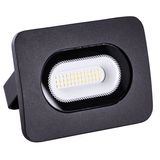

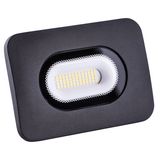
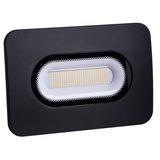


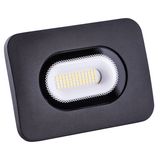

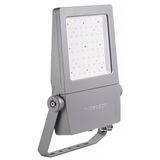
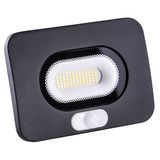
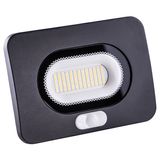
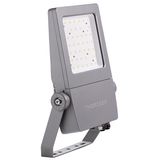
thorgeon wall mounting lamps optical and electrical profile
Lumen packages 600–4 000 lm at 2700/3000/3500/4000 K cover corridors, lift lobbies, and façade-adjacent interiors. CRI 80 is standard, CRI 90 available for front-of-house. Efficacy runs 110–145 lm/W with drivers PF ≥0.95, THD <10 %, surge 2–4 kV. Operating window −20…+40 °C; L80 50–70k h when Tc is respected and 7.5–10 mm free air is kept behind the gear tray. Bodies share collar depths and drill patterns so jigs repeat room-to-room and retrofits don’t disturb plaster finishes.
thorgeon wall mounted luminaires mechanics and ingress
Enclosures use UV-stabilised PC or powder-coated steel with closed-cell EPDM/silicone gaskets. IP20 suits clean interiors; IP54/IP65 handles humid corridors and plant-side passages. IK08–IK10 hardware protects public routes. Entries remain metric M16/M20/M25; matched ferrules preserve rating after service. Lids carry etched torque windows (0.5–0.8 Nm typical) and pull-out values on strain reliefs so inspection is fast and repeatable.
thorgeon led wall lighting controls and drivers
DALI-2 and 0–10 V versions dim to 5–10 % with linear/log curves; selected sizes support quiet trailing-edge for legacy boards. Flicker metrics meet PstLM/SVM guidance on approved controls. Corridor function pairs presence and daylight hold; maintained emergency options declare 120–500 lm with LiFePO₄ packs and 12–24 h recharge.
thorgeon decorative wall lamps applications and finishes
Opal diffusers deliver soft backgrounds in hotels and apartments; micro-prism optics keep UGR in check along office routes; wall-wash lenses lift verticals in galleries and reception walls. Finishes include powder-coat RALs and vandal-resistant PC fronts for public cores. Spacer rings and adapter plates preserve legacy cut-outs so trims stay flush after refurb cycles.
Installation and wiring details for service speed
Through-wiring 3×1.5/2.5 mm² keeps trunking tidy; terminals accept 0.5…2.5 mm² Cu, strip 8–10 mm; divider strips separate SELV from mains; 2 mm test ports simplify commissioning. Where vibration or traffic exists, specify stainless clips and anti-tamper screws on thorgeon wall lights. Shield terminations land 360° at the entry plate; earth tails remain short and direct when mounting thorgeon mounted sconces near metal backplates. For shallow bulkheads, crews pre-select gland threads and ferrule sizes so thorgeon indoor wall fixtures keep IP after repeated service. To keep one tooling set, planners also mirror clamp style and torque notes across thorgeon wall mounted luminaires on different floors.
Applications and photometric planning
Open offices use 3000–4000 K with micro-prism optics to balance glare and verticals; hotels and residential cores prefer warm CCT with opal fronts. Retail perimeters and corridors benefit from corridor/wall-wash lenses; emergency circuits use maintained variants with clearly printed spacing tables. On long runs, specifying thorgeon wall lights by lumen bin and beam keeps uniformity consistent. In hospitality and foyers, aim thorgeon mounted sconces to 30–35° for texture without hotspots, and use the same control profile so thorgeon led wall lighting scenes clone floor-to-floor. Feature walls and alcoves rely on consistent finish codes so thorgeon decorative wall lamps read identical after churn.
Selection guide for B2B buyers
Fix target illuminance and mounting height first, then lock optic (opal, micro-prism, wall-wash) and lumen class. Choose CRI by task—90 for reception/retail, 80 elsewhere. Define control topology and minimum dim level; publish approved pairings. Confirm IP/IK and substrate, verify Tc at 60 min in a pilot room, and record gasket compression. When estates standardise cartons and labeling, thorgeon wall mounting lamps slot into room bundles with zero ad-hoc choices, and the same documentation approach keeps thorgeon indoor wall fixtures compliant at goods-in.
Advantages of working with Bankoflamps
We schedule deliveries the way installers work—by room bundle and riser sequence. You get individual B2B pricing, live EU stock before teams are booked, and quotes with EAN/MPN in roughly one hour. The portal shows lead times, shipment status, and downloadable price lists with validity windows you can plan around. Trusted accounts use post-payment up to 30 days. We consolidate partials so luminaires, glands, collars, sensors, and emergency packs arrive together, and a dedicated manager checks lumen bins, optics, control method, autonomy class, gland threads, ferrule sizes, and torque notes against your drawings—keeping wall packages site-ready across France, the Baltics, Germany, Spain, Italy, Belgium, and the Netherlands.